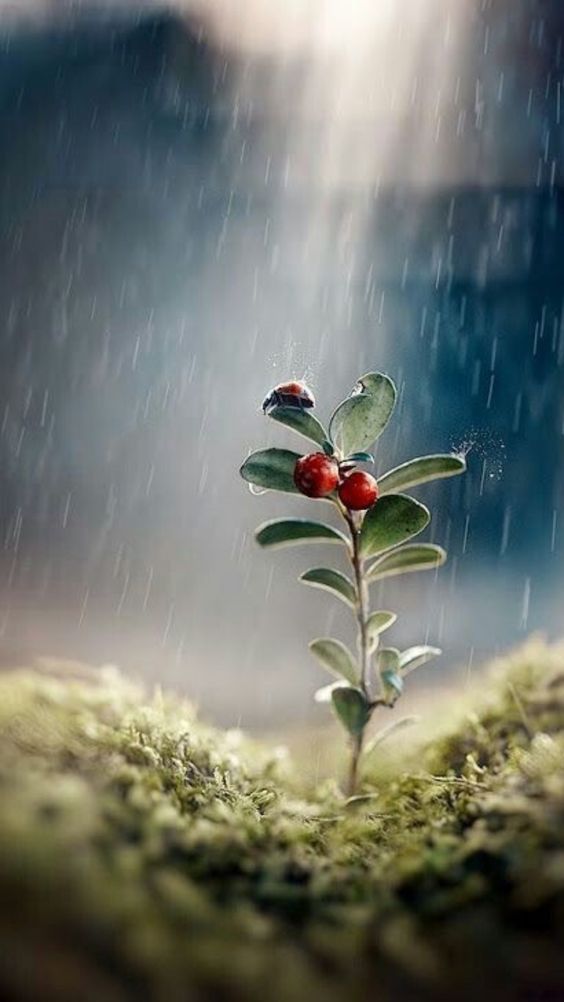Dear Integral Meditators,
In the the foreground or background of each moment you experience, there is a mood, emotion and ‘atmosphere’. The article below explores how to start working with these mindfully in your life.
In the spirit of moods and atmospheres,
Toby

 Engaged Mindfulness book is on a special 10% offer for the next until end Tuesday 11th Dec)
Engaged Mindfulness book is on a special 10% offer for the next until end Tuesday 11th Dec)
Christmas is coming up, if you are looking for a meaningful, inexpensive present to pass out to friends, why not order a few copies of ‘Engaged Mindfulness’? It’s a short, 45 page primer on integral mindfulness, broken up into short 1-2page sections. Click here to order your copies…
Mindful of your moods, emotions and dispositions
This article focuses on how you can start to work with emotions, moods and dispositions, for the purposes of enjoyment, as well as becoming more effective in your life. Let’s start with a few definitions:
Emotions are temporary energetic reactions to particular events; what someone said to you, something that you hoped for not happening, something unpredictable occurring, an experience of good fortune etc. Although they are temporary, if you start watching them you’ll start to notice that have a particular habitual range emotions that you use in your life. This is rather like an artist who has a love or habit of working with a particular colour range.
Moods are emotions that you tend to spend quite a lot of time in. They become the background ‘atmospheres’ within which you live much of your life. Anxiety or curiousity, lightness or heaviness, resentment or appreciation, optimism or pessimism are all examples. They are like the typical ‘weather’ that you might expect to experience in a country at a particular time of year and season.
Dispositions are what you might think of as the primary moods that we tend to live in. We spend such a lot of time in them that they become pretty much our personality; they form some of the basic ways in which we experience our self as a personality.
Something to notice about emotions, moods and dispositions is that you are pretty much always in one – it’s useful to be aware of and take it into account because they open or close avenues of possibility and action for us in each moment. For example, an attitude of optimism opens up emotions of appreciation, pleasure and lightness, but may make us blind to certain problems that we need to look at realistically. Similarly, an attitude of pessimism closes certain desirable emotional states, but also invites some interesting insights into areas of risk in our life that we might do well to look at.
Simply asking ‘What are the moods and emotions present for me in this situation?’ will make us aware of what is there and how it is affecting us.
Centring in difficult moods and emotions
If you are experiencing a difficult mood or emotion, then, rather than try and shift out of it or get rid of it immediately, it can often be most useful to simply recognize it, and centre yourself, so that it isn’t keeping you off balance. Once you are aware and have centred yourself, you can them make a choice whether you want to try and shift out of the mood/emotion or stay with it and see what it has to offer you in that moment.
Identifying your habitual range of mood and emotion.
If you watch your moods, emotions and dispositions you’ll start to have a sense of the ‘mood options’ that you have available to you. You can start to cultivate particular emotions and moods in particular situations where they will serve you particularly well.
You’ll also notice that you have particularly inspiring moods and emotions within your range that open up avenues of action and possibility that will help you go experience life better in the moment and get you where you want to go. So consciously cultivating these moods is a good idea! For example, I have a little post-it message on the picture above my lap-top right now that says, ‘Everything is possible!’ This reminds me to open to and live in a mood that is particularly meaningful and helpful to me right now.
So, a good mindful question to go with this last section might be ‘What mood or emotion can I cultivate that would serve me best in this situation?’
© Toby Ouvry 2018, you are welcome to use or share this article, but please cite Toby as the source and include reference to his website www.tobyouvry.com
Upcoming Courses at Integral Meditation AsiaOngoing on Wednesday’s, 7.30-8.30pm – Wednesday Meditation Classes at Basic Essence with Toby
Ongoing on Tuesday evenings, 7.30-8.30pm – Tuesday Meditation Classes at One Heart with Toby (East coast)
Monday 6.15-7.15 & Wednesday 12.15-1.15 – Integral Meditation classes at Space2B on Stanley Street
Saturday mornings 9-10.15am : 1st,15th, 22nd, 29th December – Qi Gong workout and meditation class
Tues & Weds, 4th, 5th December – Monthly Astrological meditation – on ‘Sagittarius – I perceive/understand’
Saturdays December 15th & 22nd – Mindfulness group coaching sessions with Toby
Saturday 15th December, 1-4pm – Integral meditation practice: Optimize your inner calm, strength and energy
Tues & Weds Dec 18/19th, 7.30-8.30pm – Winter Solstice balancing & renewing meditation
Integral Meditation Asia
Online Courses * 1:1 Coaching * Books * Live Workshops * Corporate Mindfulness Training *Life-Coaching * Meditation Technology




 Visual keys to subtle meditation states
Visual keys to subtle meditation states Making your body your castle
Making your body your castle

 Making mindful use of your to-do list
Making mindful use of your to-do list